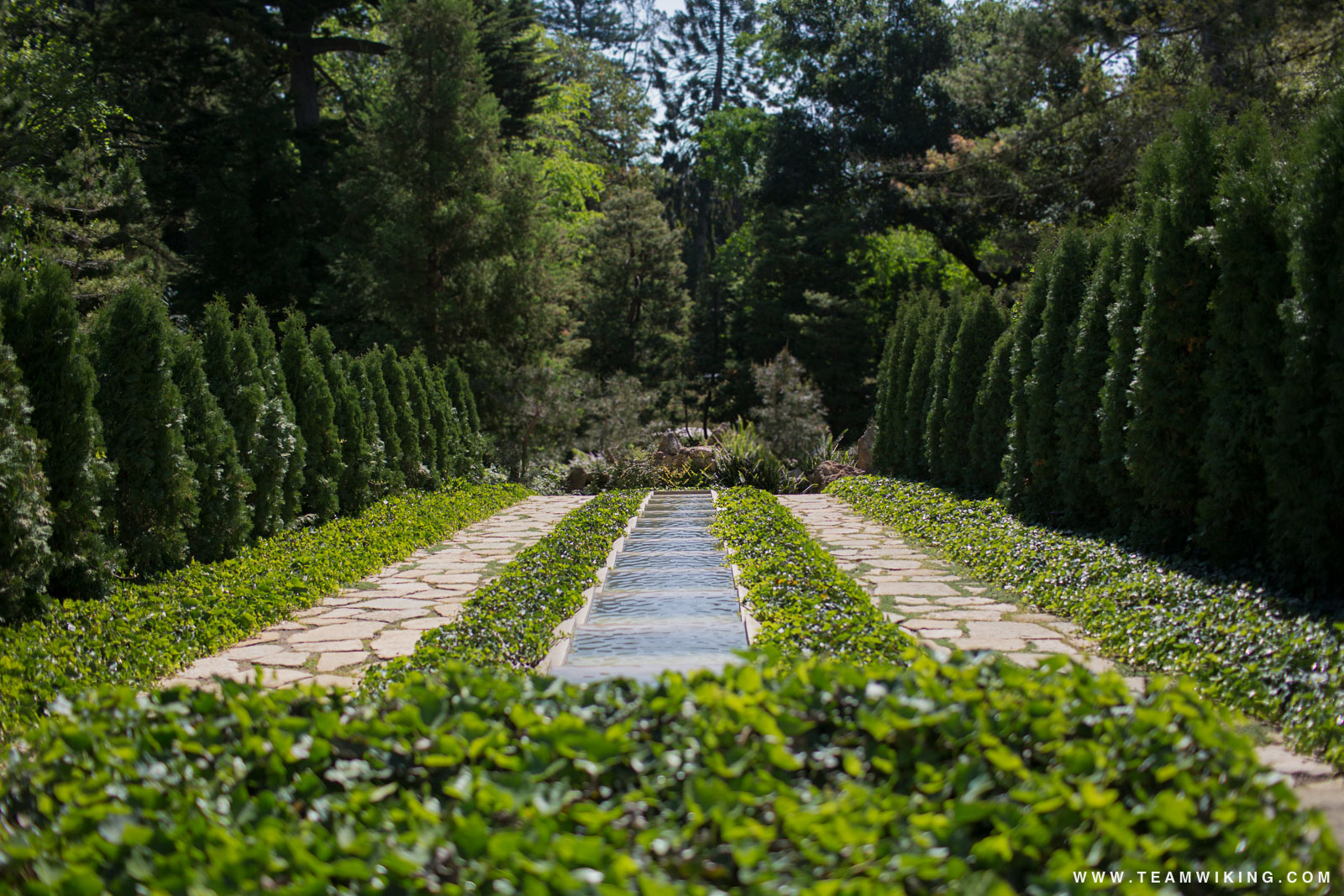There is no better place for a party than Lotusland! A wine and beer tasting festival in Santa Barbara’s most exquisite setting. Join the Santa Barbara community for an extraordinary afternoon of libations, live music and delectable hors d’oeuvres as we celebrate the spectacular flower that is Lotusland’s namesake.
One of Lotus Land's exquisite gardens | Image: www.lotusland.org
This is a unique opportunity to spend an afternoon exploring the garden while sampling some of the area’s finest wines and beers. The celebration will take place on July 8th from 2:00pm to 6:00pm. The event includes musical guests Tom Ball and Kenny Sultan. Tickets are $100 for members and $115 non-members.
Image: Paradise Retreats
Image: Hej Doll
Enjoy Tastings from These Very Fine Wineries and Breweries
BEER
Santa Barbara Brew Co
The BrewHouse
Draughtsmen Ale Works
Figueroa Mountain
Firestone Walker
WINE
Santa Barbara Winery
RiverBench
Municipal Winemakers
Lumen
Jaffurs Wine Celars
Brewer-Clifton & Hilliard Bruce
Clemintine Carter
Whitcraft Winery
Potek Winery
Brander
SB Wine Collective
The Hilt, The Pairing, Jonata, Fess Parker, Babcock, Brewer Clifton
Carr Winery
Cypher Winery
Ficklin
Lotus Pond | Image: KCSB - Dreamhosters
Madame Ganna Walska, a well-known Polish opera singer and socialite, purchased the Montecito, California estate in 1941 and spent the next 43 years creating Lotusland, which is now recognized as one of the ten best gardens in the world. The spectacular collections of exotic plants throughout the 37-acre property are a very personal expression of Walska’s penchant for the dramatic, the unexpected, and the whimsical. Lotusland is home to several extraordinary plant collections and around each corner there is the unexpected – a surprise of unique garden design and plant species. After her death in 1984, Lotusland became a nonprofit botanic garden and opened to the public in 1993. Our educational programs serve the Santa Barbara community and our innovative horticultural practices are shared with botanic gardens and garden-lovers around the world.















